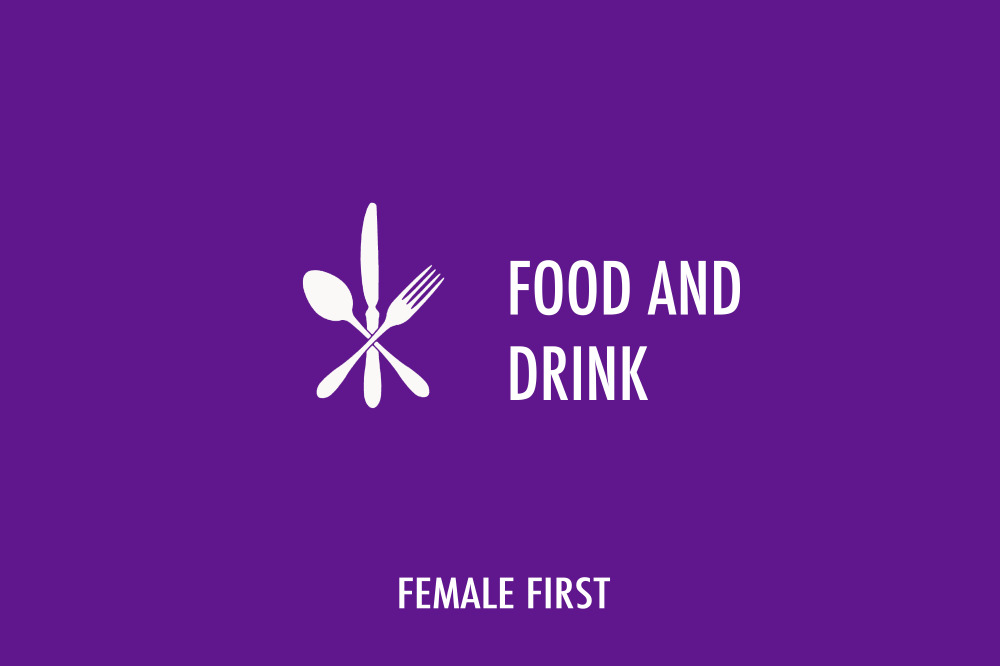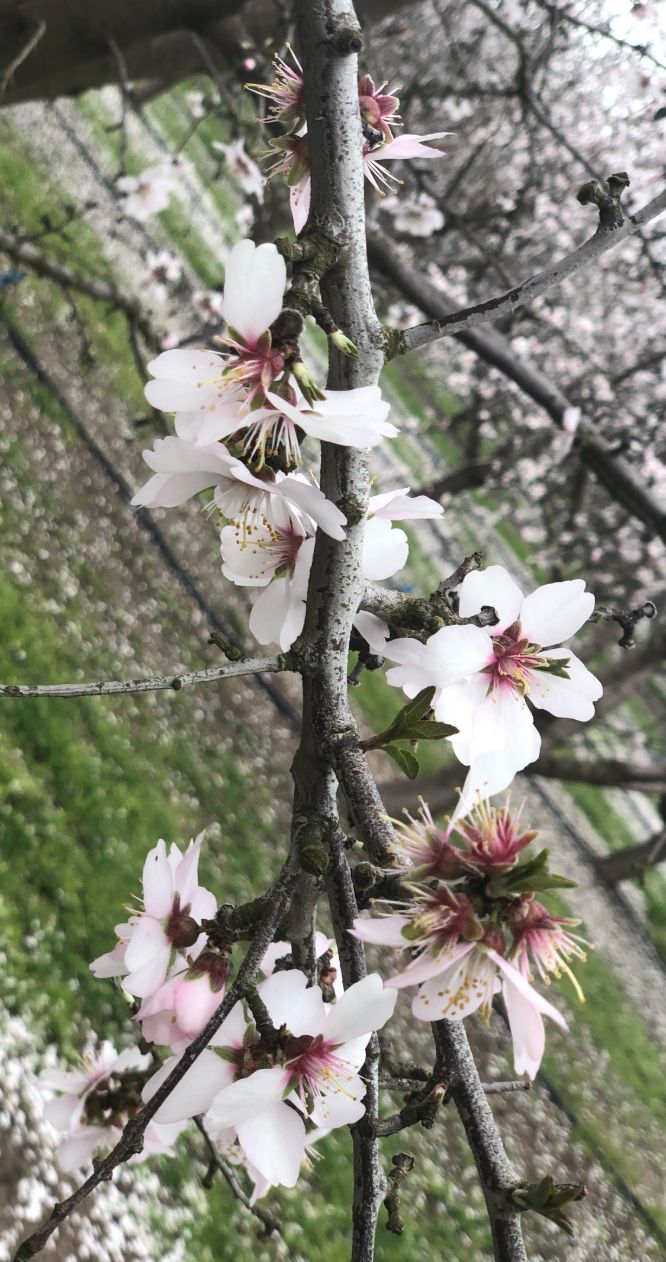There seems to be a trend in the media of big press going after the latest trends. Almonds have been popular for a few years now, and whilst they're loved by people across the globe, that hasn't stopped them from facing the glare of the critical spotlight. Whilst they're certainly not perfect (what is?), our recent trip to California and visit to almond blooms has really opened our eyes to the reality behind almond farming. Here, we take a look at some of the biggest misconceptions when it comes to the powerful little nut...

Food and Drink on Female First
MYTH: Growing almonds uses more water than any other crop
Dairy and livestock are actually considered to be far more water-intensive than crops such as almonds. The nuts (or seeds, if you want to be pedantic) actually use the same or similar levels of water as other California fruit and nut trees.
In fact, by 2025 the almond community have teamed up with the Almond Board of California to make a pledge, committing to reduce the amount of water they use to grow each pound of almonds by 20%. This is on top of the 33% reduction of water being used already successfully implemented!
MYTH: Bees get nothing from working on almond blooms
Without bees, there would be no almonds. It's that simple! So, it's understandable that some may think farmers are bringing in bees simply for their own profit. What they fail to understand however, is that the first thing Californian bees gain nutrients from at the start of the year is almonds! The blooms provide all 10 of the essential amino acids that bees need to survive.
MYTH: Almonds can be grown anywhere
Hmm, technically, but not as proficiently! There are only five places on the planet with the perfect Mediterranean climate that allows almond trees to thrive. California is one of the five, with central Chile, the Mediterranean Basin, the Western Cape of South Africa and the Western Cape of South Australia also providing a faultless location for growth.

MYTH: Almond farmers are selfish
There's a misconception surrounding almond farmers that they are simply in this business for the money, and care about nothing else. After meeting female grower Christine Gemperle, as well as second and third generation father and son team Jim and Jason Jasper, we can categorically state that this is not the case. They are respectful, family-oriented hard workers who aren't afraid of getting their hands dirty. They live and breathe their businesses and the community, and really light up when talking about what they love.
MYTH: Growing almonds leads to huge scales of waste
The California almond community have made a commitment to achieve zero waste in orchards by 2025, by putting everything that's grown to optimal use. Not only are the almonds taken from their hulls and shells, but those hulls and shells are also used in a number of beneficial ways rather than being sent straight to landfill. Researchers at the USDA-ARS Lab in Albany, California are currently experimenting with new ways to use hulls and shells, even showing us on a visit a piece of revolutionary plastic that was created using 40% almond materials!
MORE: Meeting the female California almond farmer who's grabbing the stereotype by the nuts

